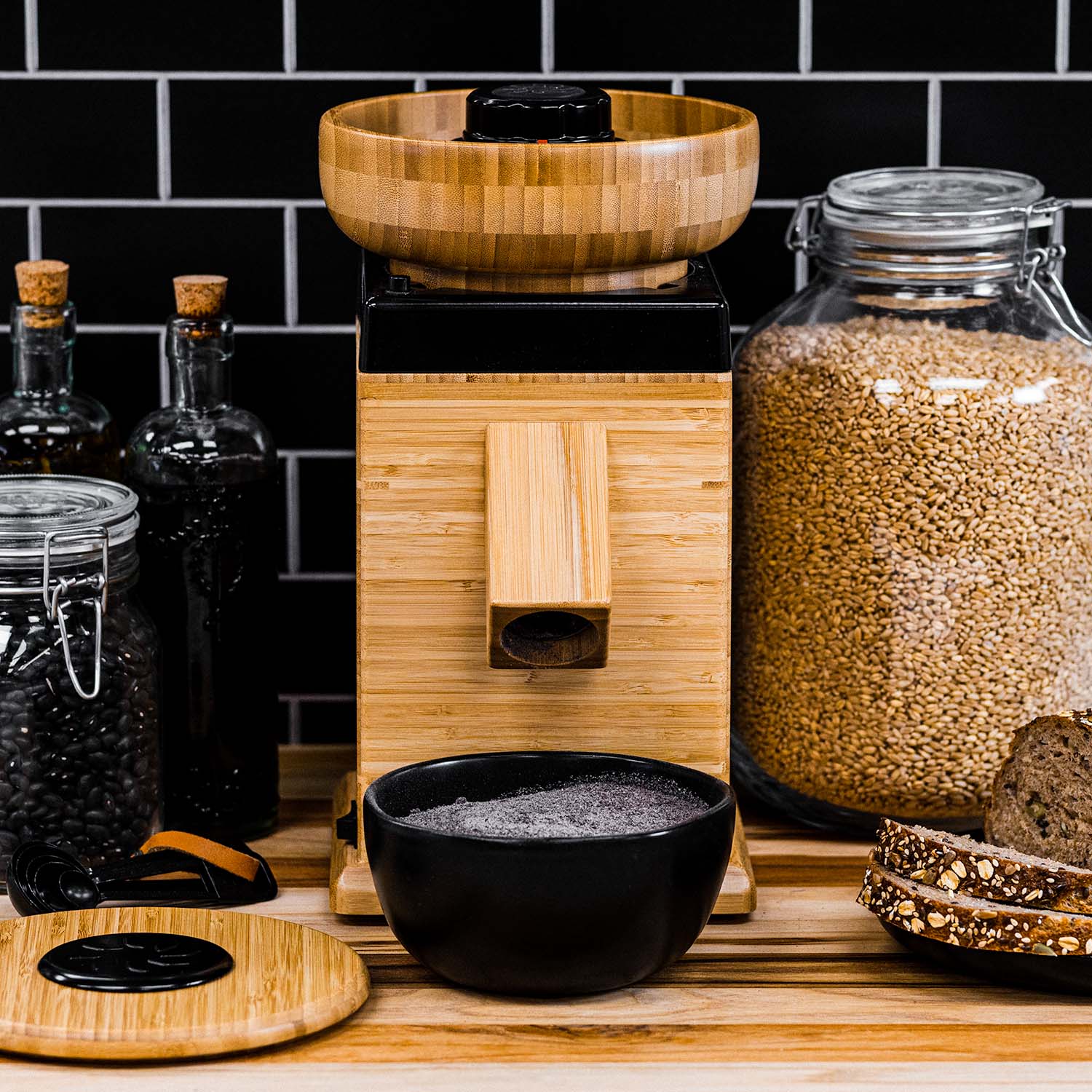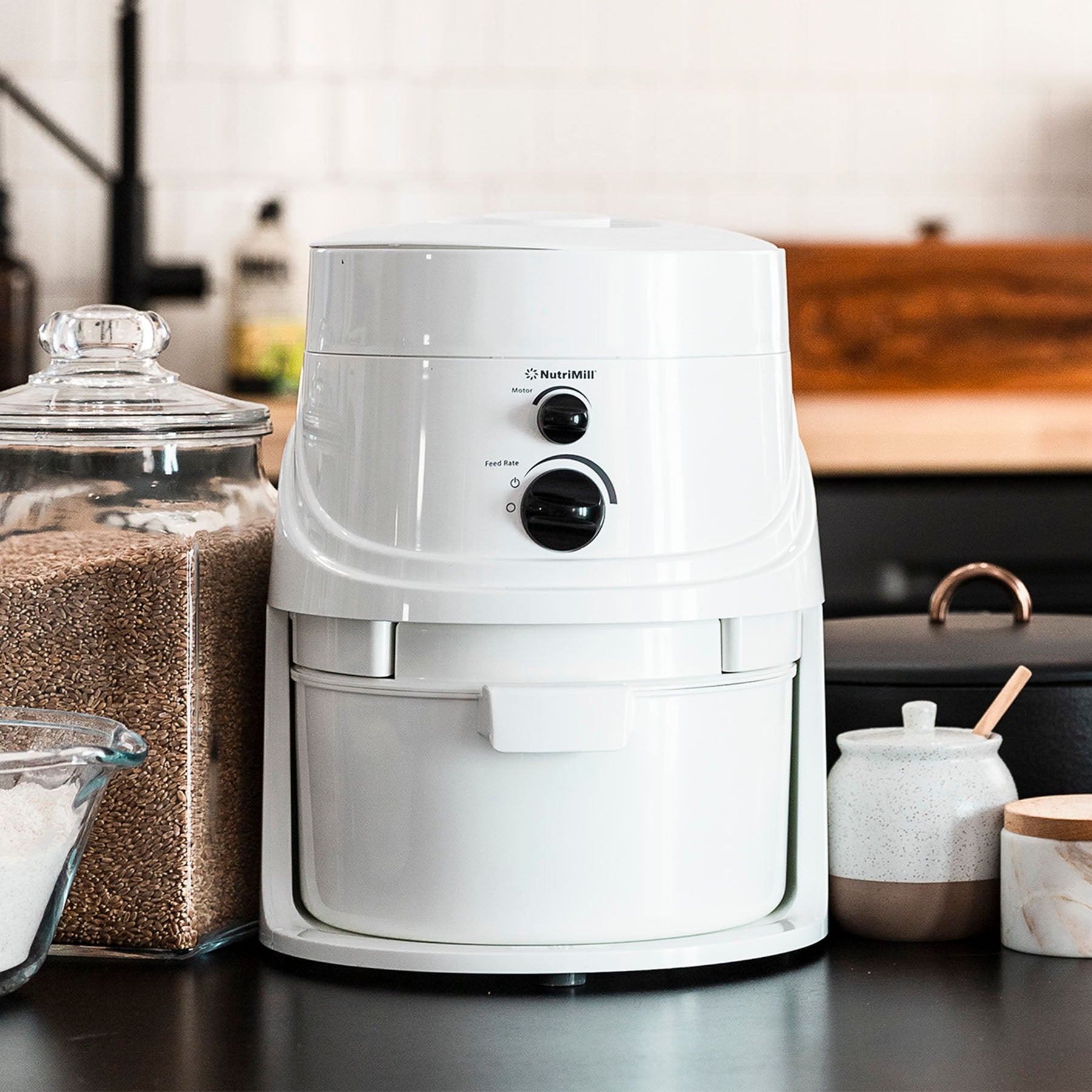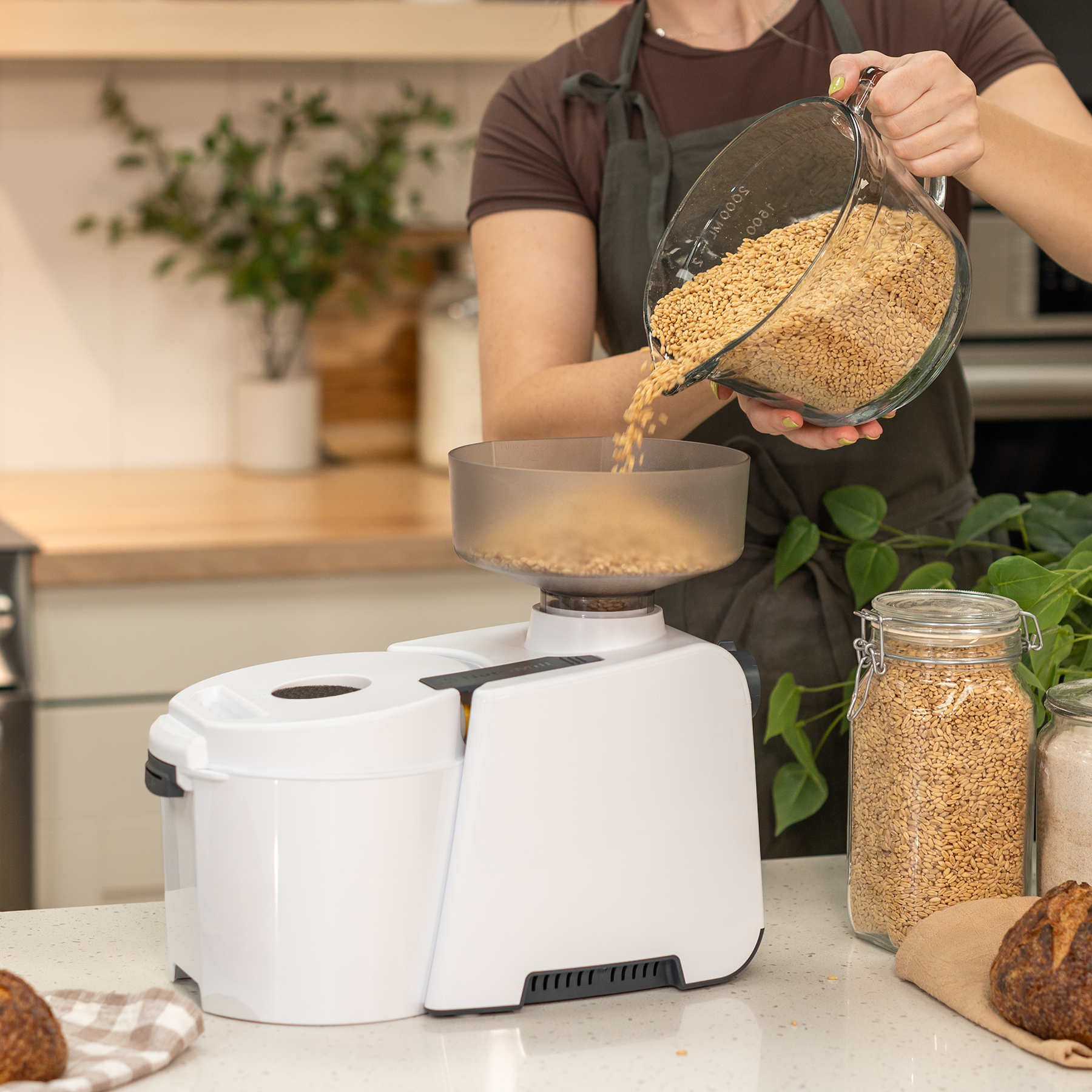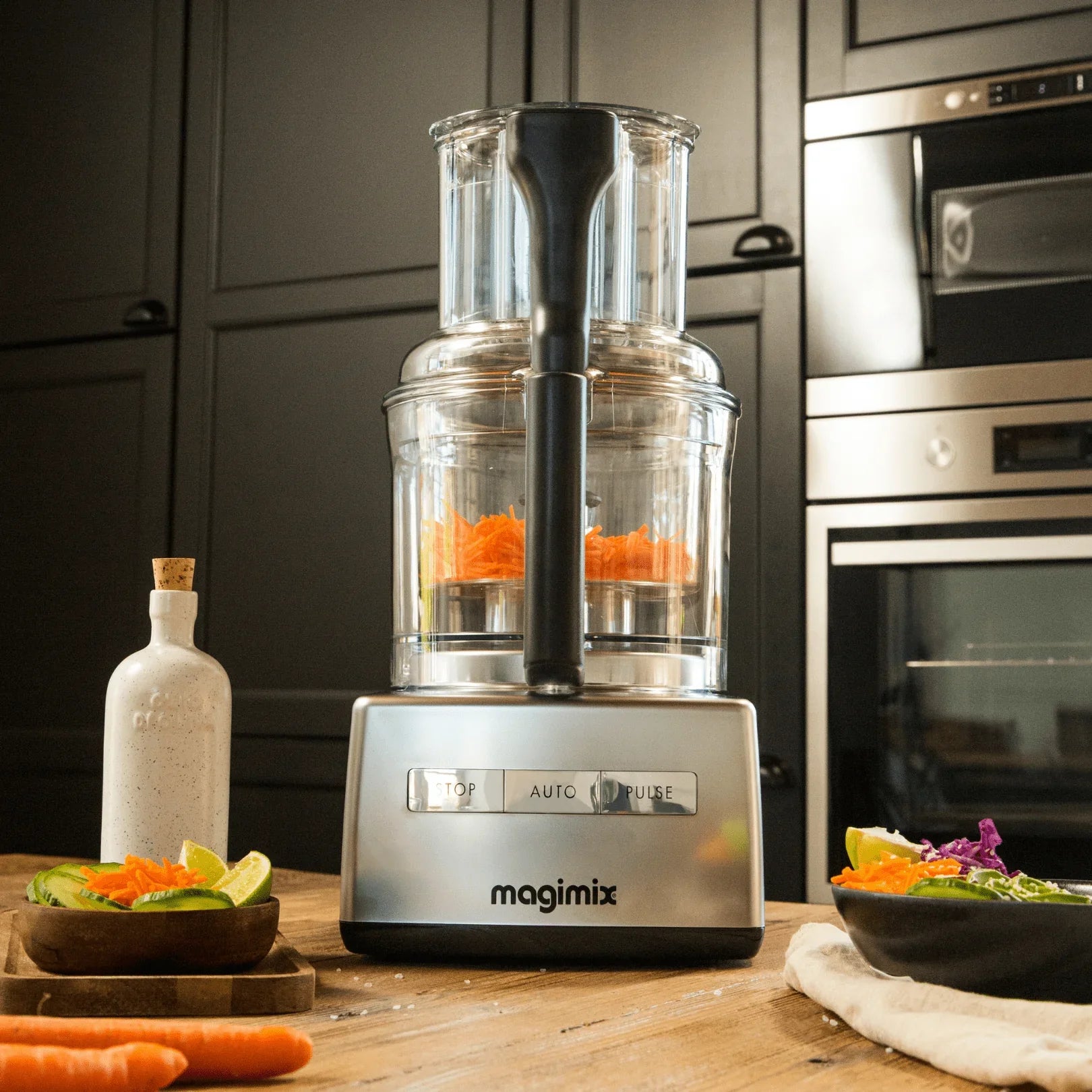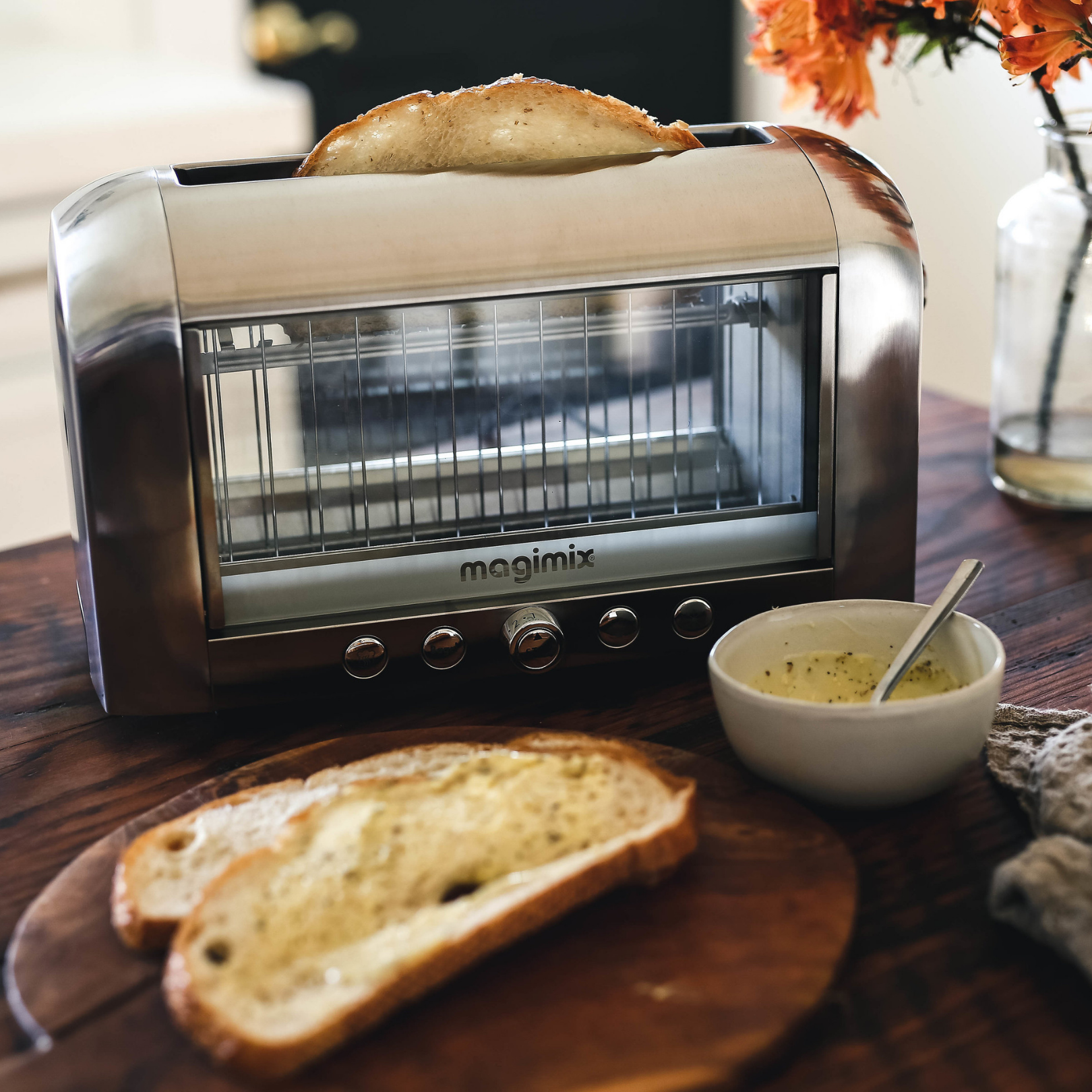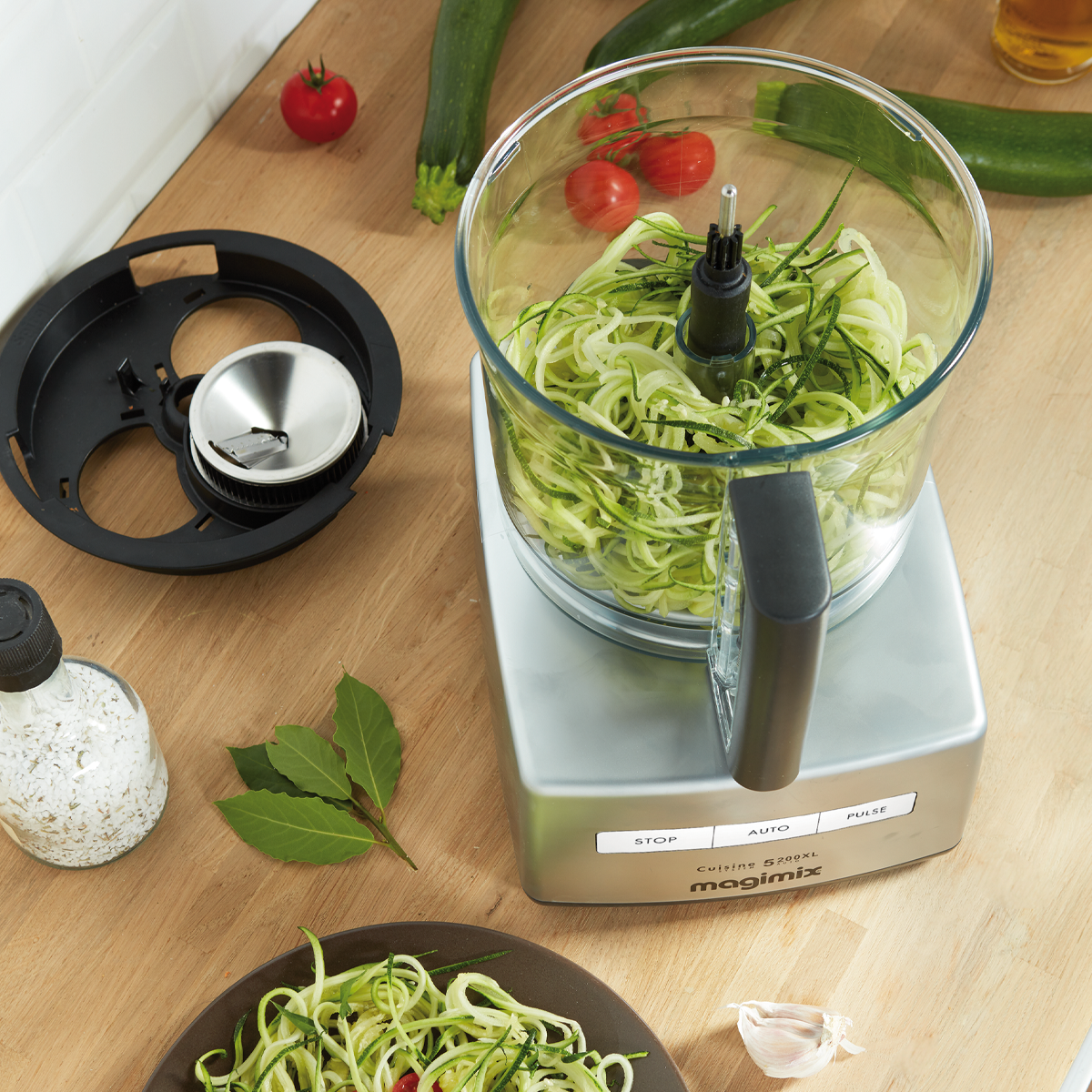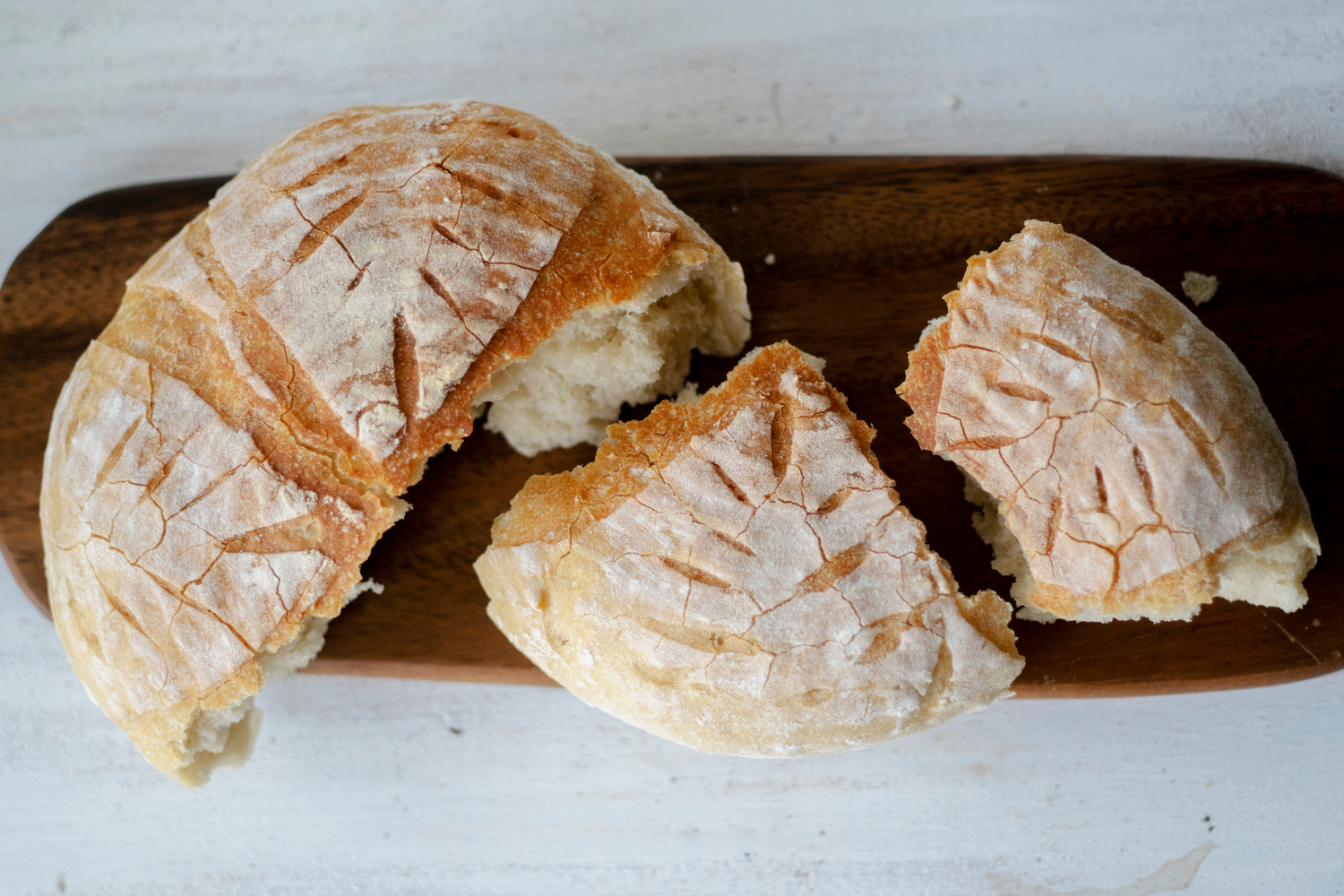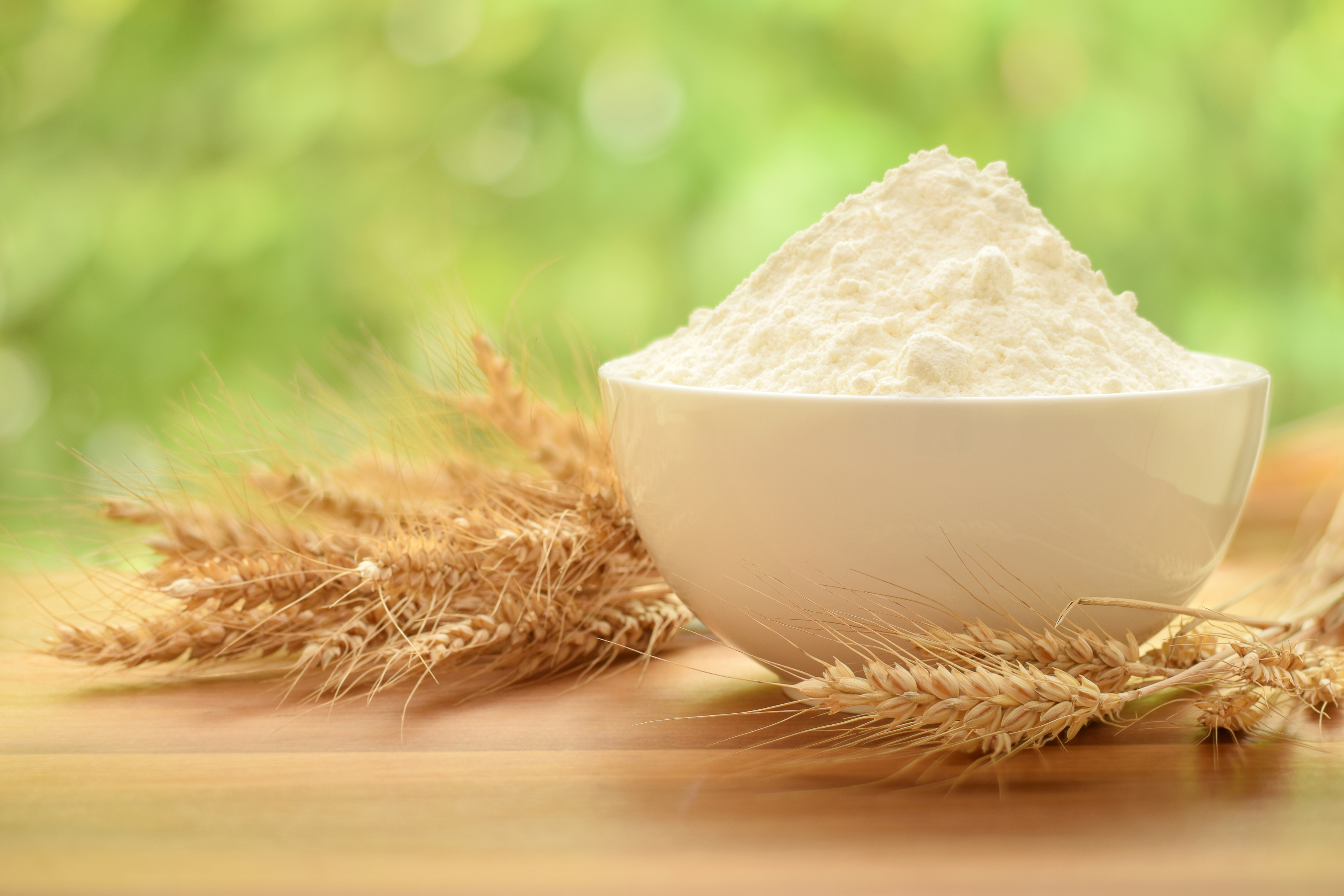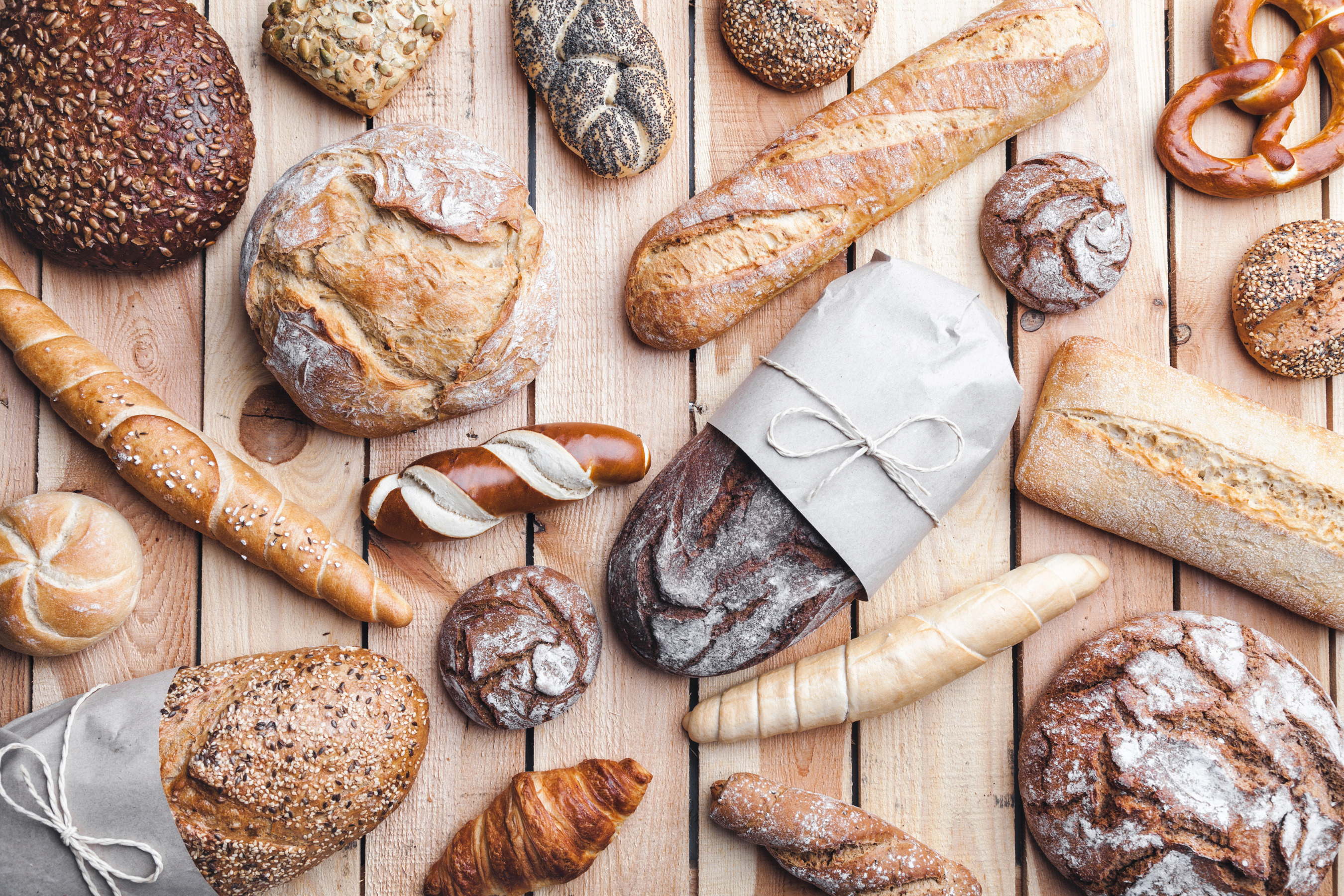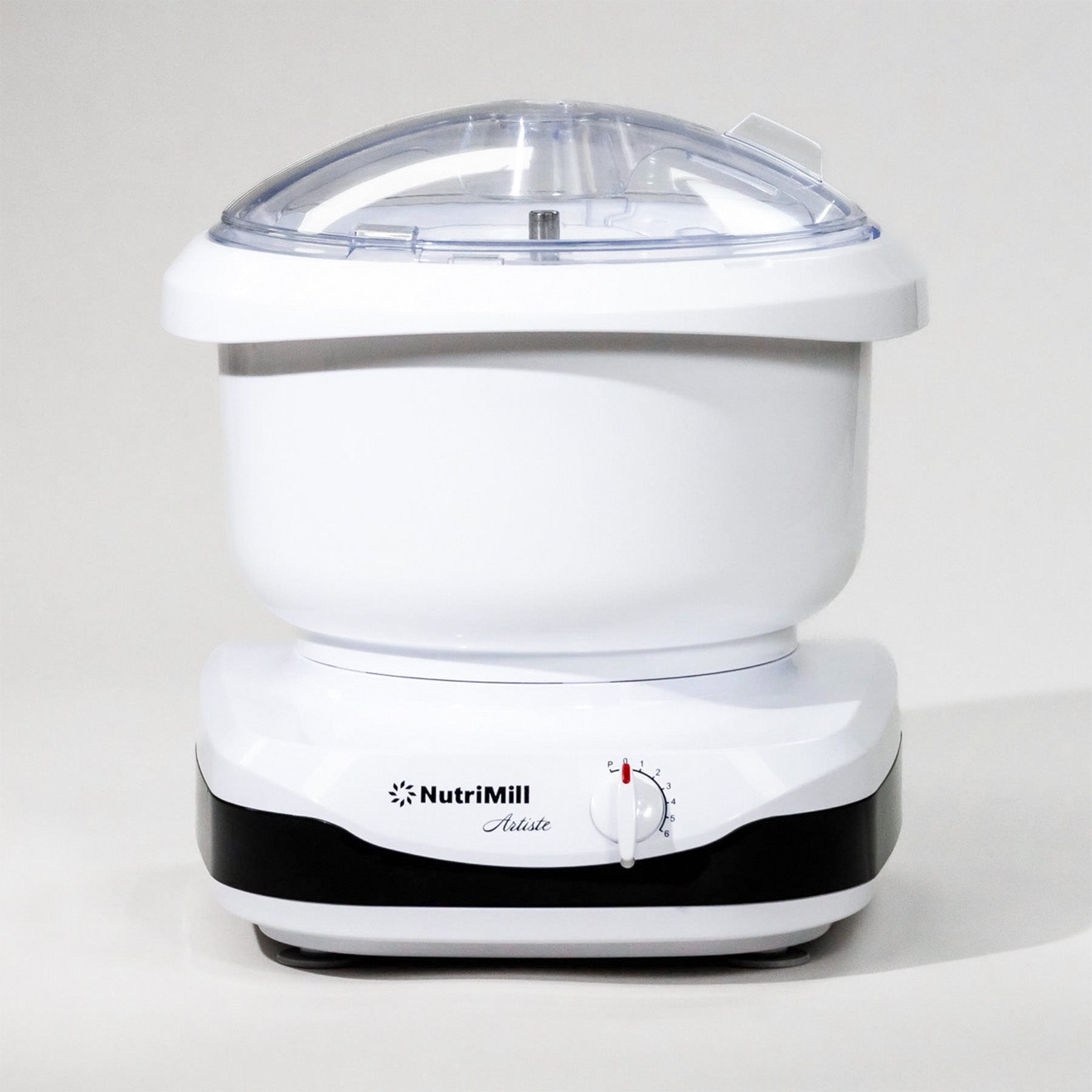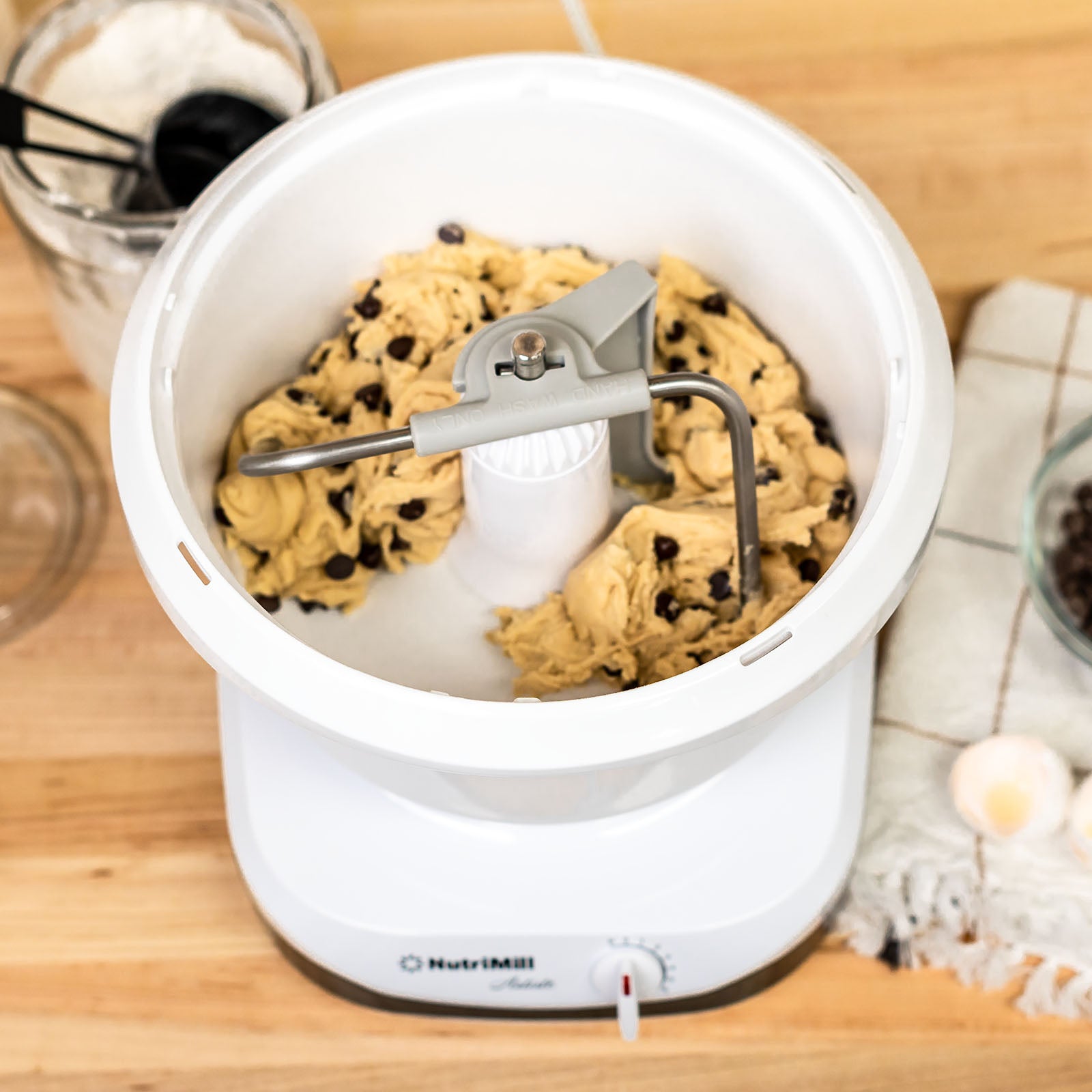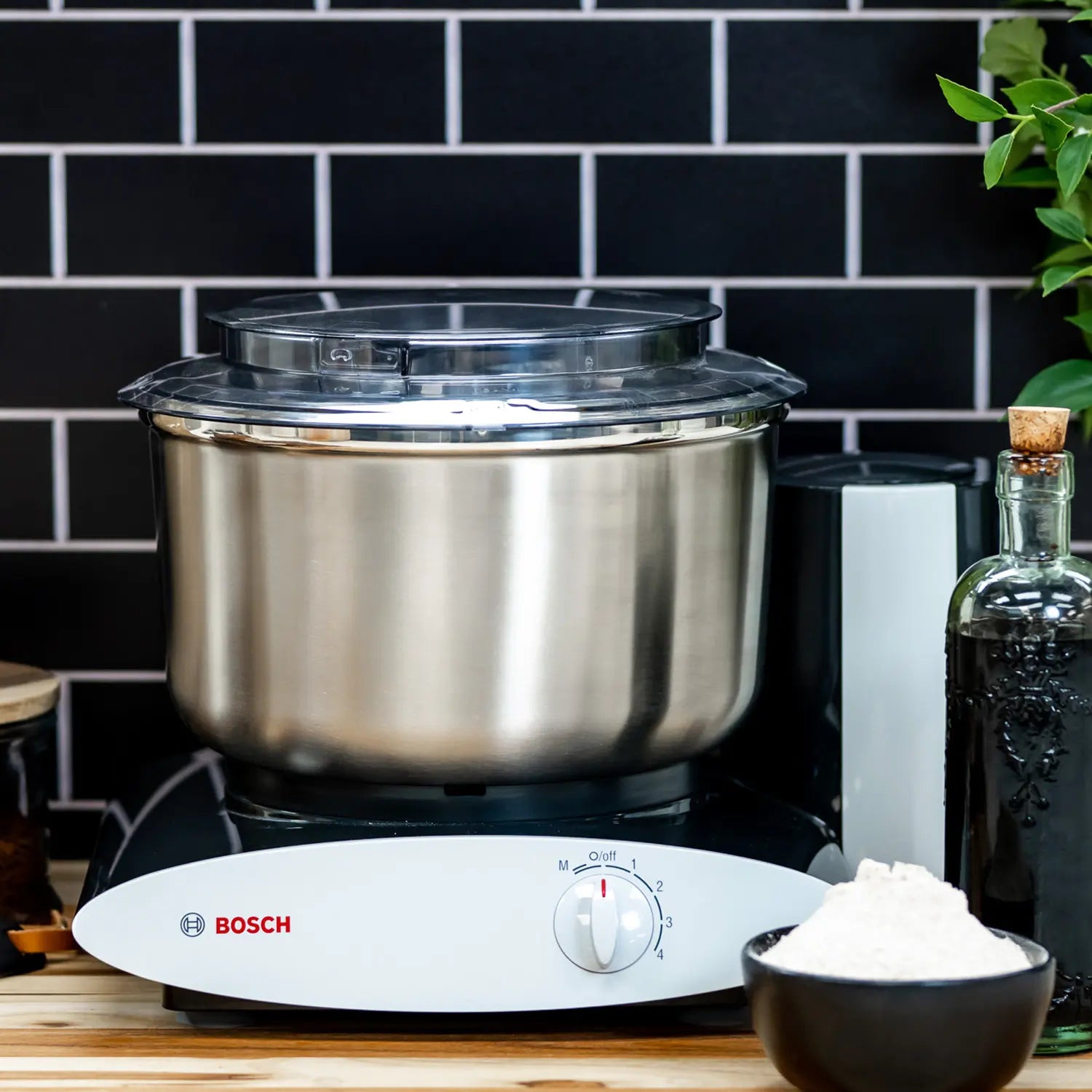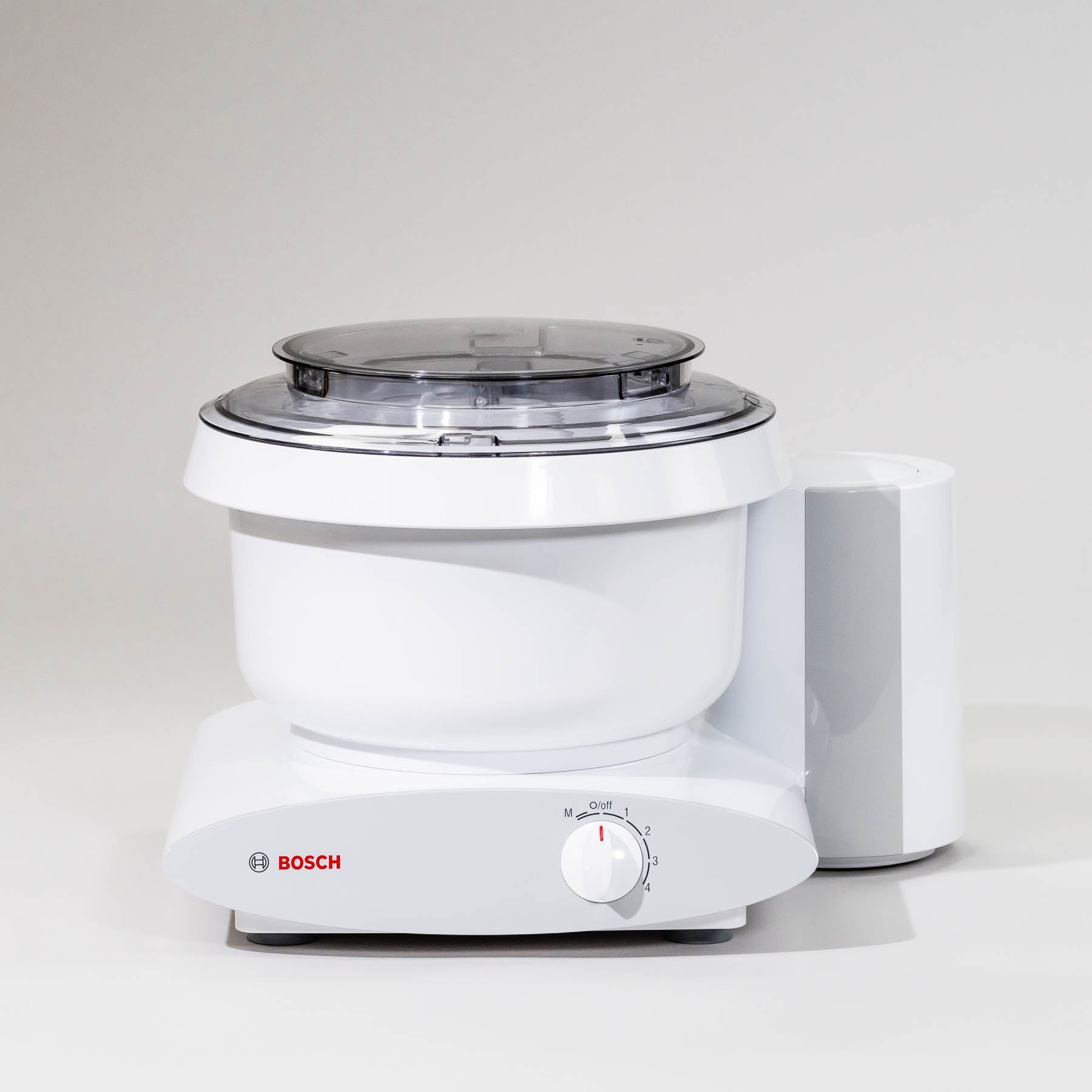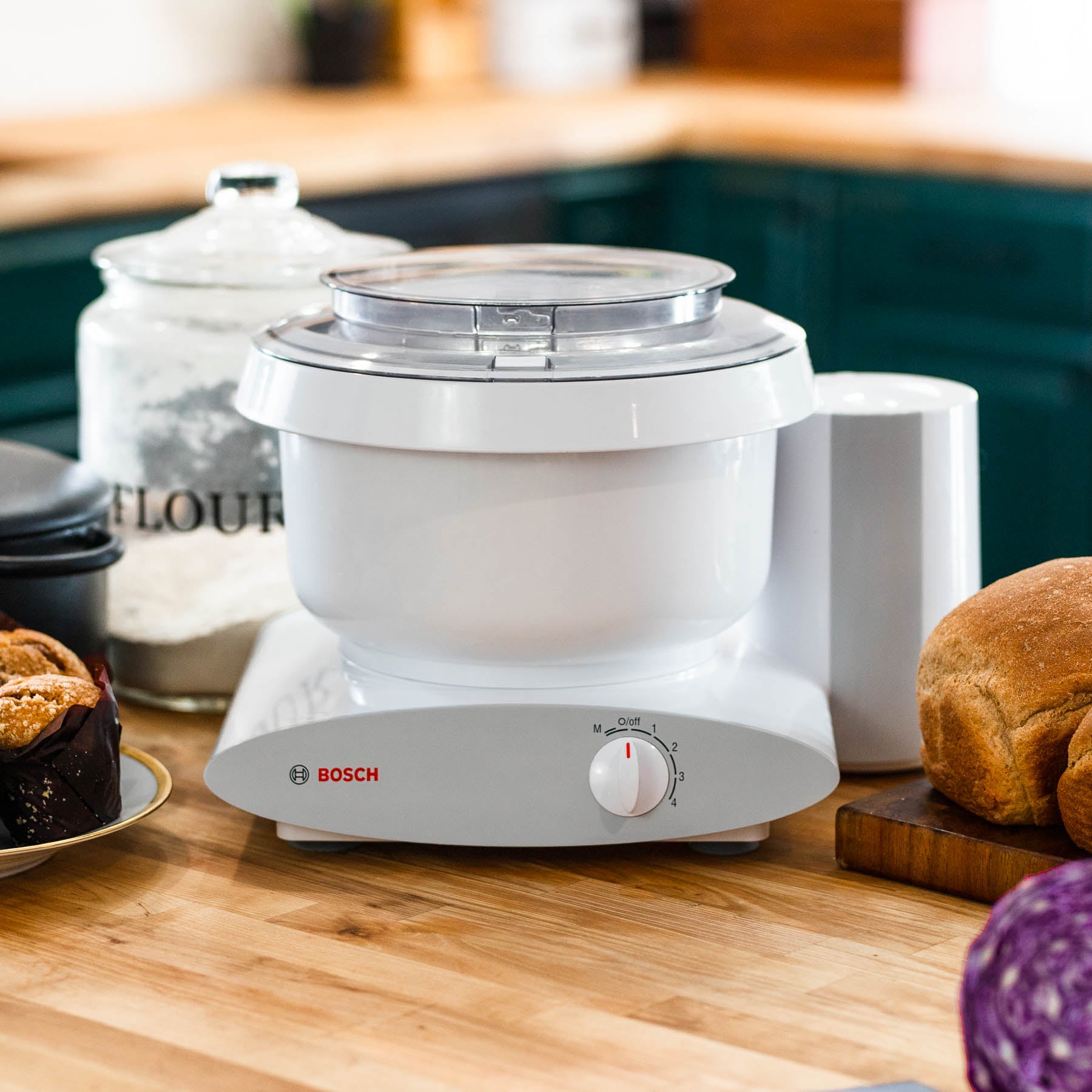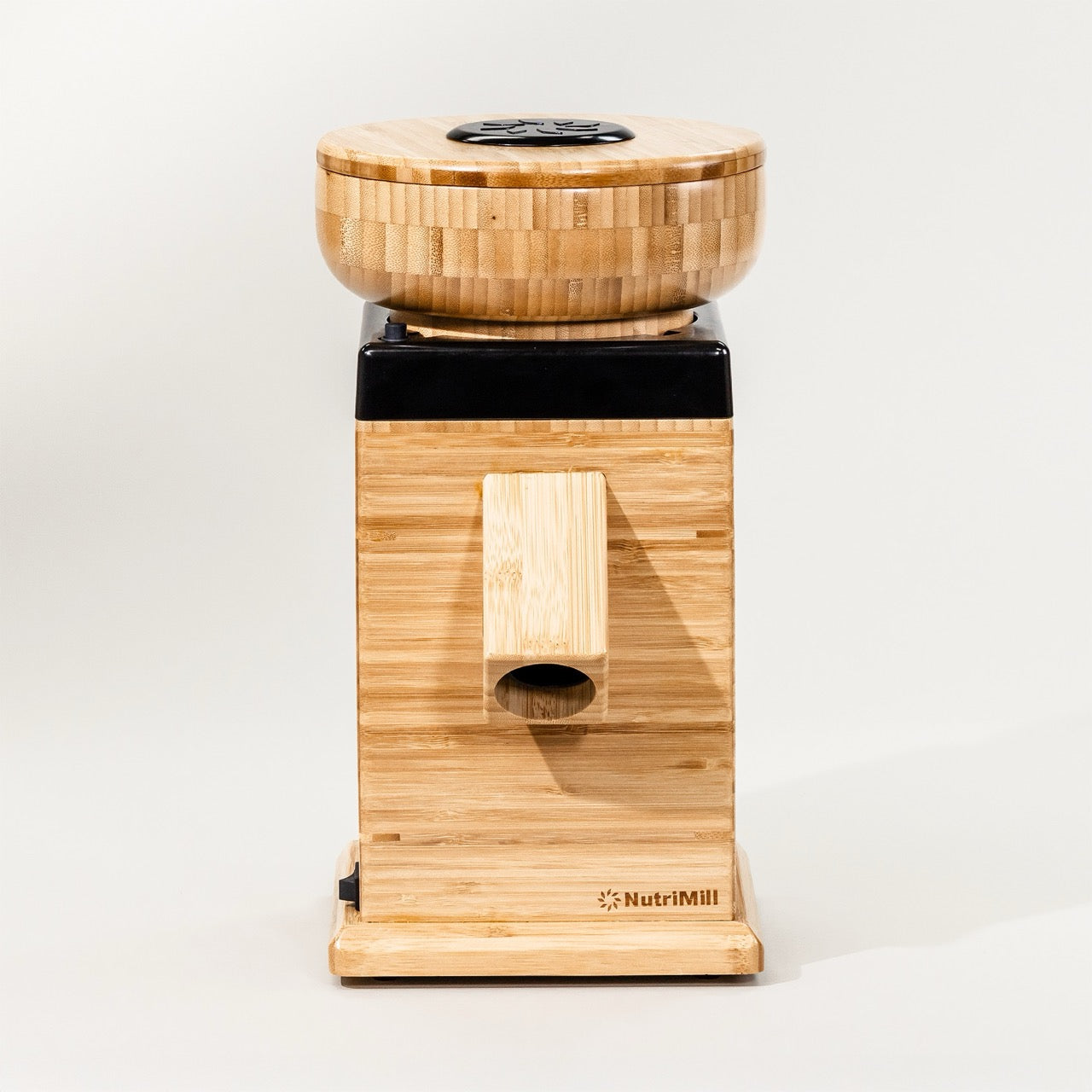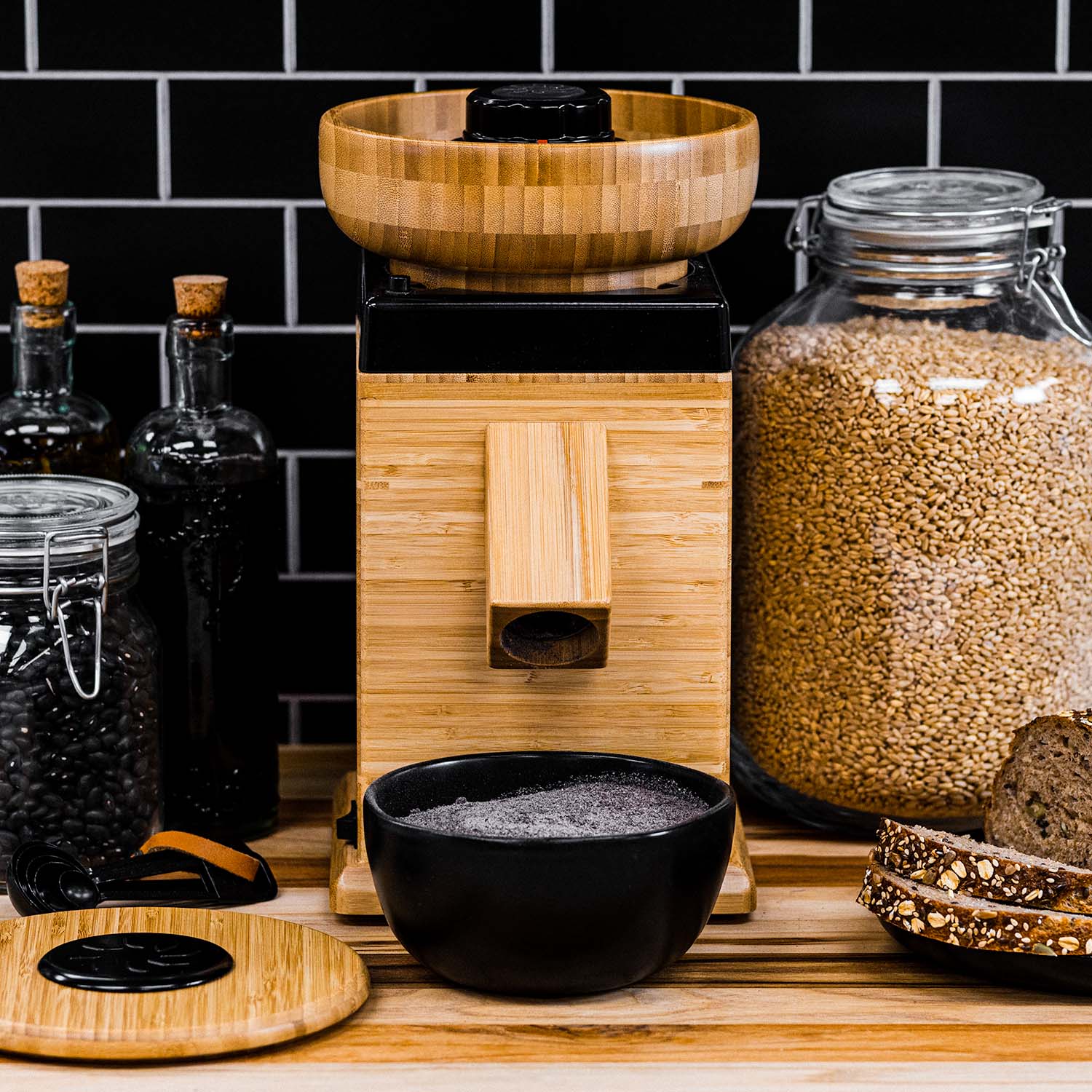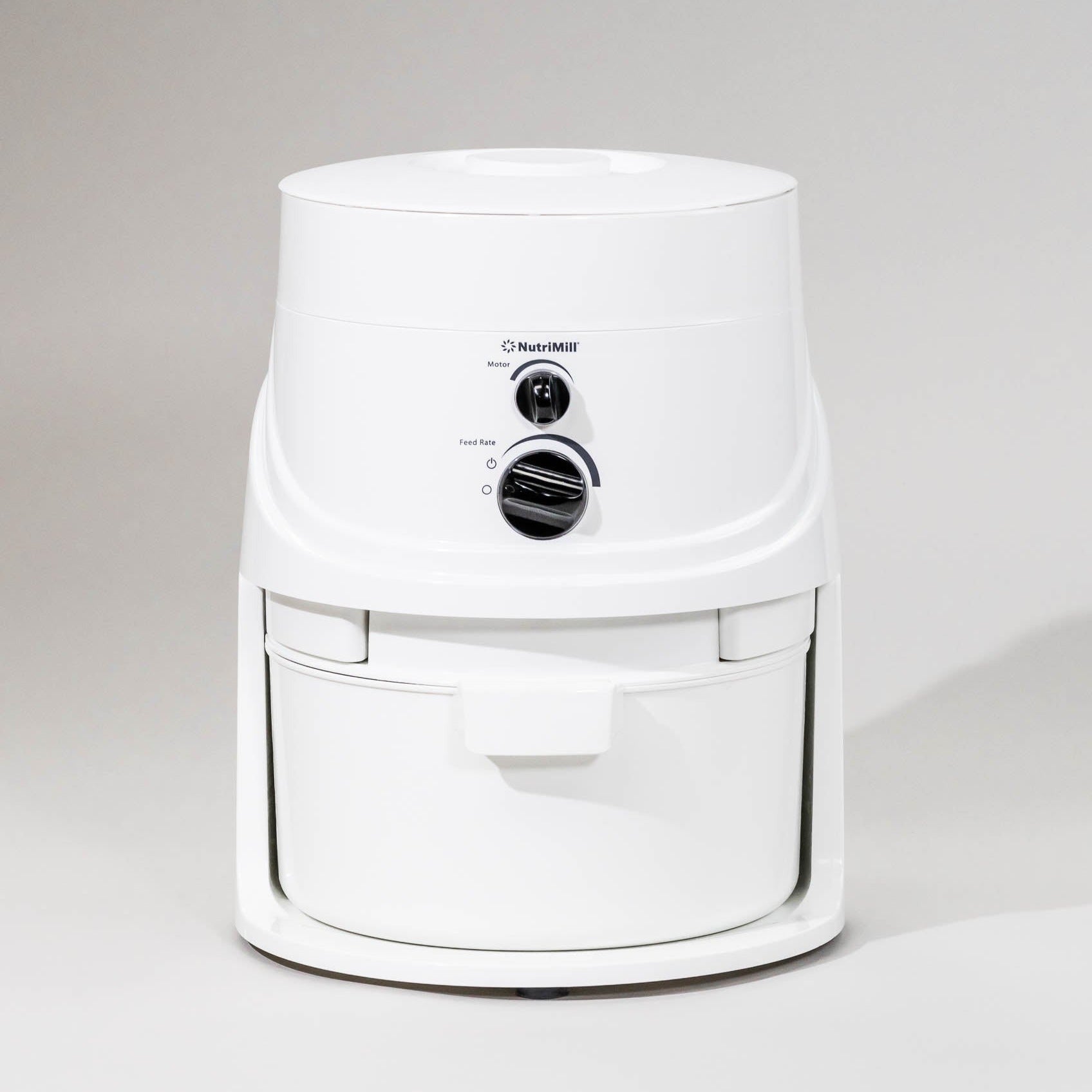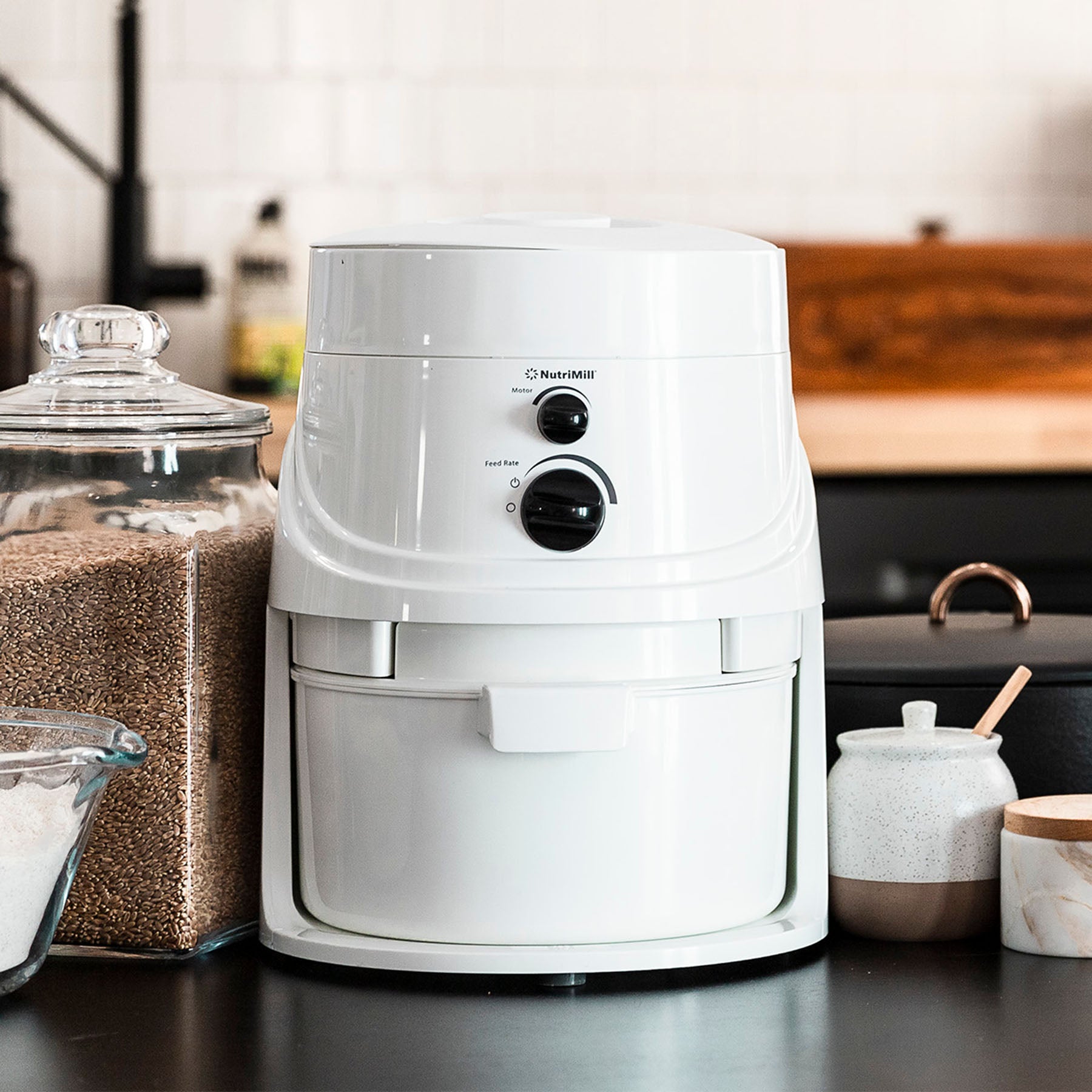Baking bread is an art form that has been practiced for thousands of years. From simple flatbreads to complex sourdough loaves, bread baking has evolved into a diverse and creative field. One type of bread that stands out is artisan bread. If you want to take your bread game to the next level, then artisan bread baking is something you should consider. In this article, we'll cover everything you need to know to make your own delicious artisan bread at home.
The Art of Artisan Bread Baking
Artisan bread is a type of bread that is made using traditional techniques and high-quality ingredients. Unlike mass-produced bread, artisan bread is often made by hand, giving it a unique character and flavor. Artisan bread is known for its thick crust, soft interior, and irregular shape. To achieve this, artisan bakers use a slow fermentation process, allowing the dough to rise naturally and develop complex flavors.
When it comes to artisan bread, the ingredients are key. Artisan bakers use high-quality flour, often sourced from small mills, which has a higher protein content than the flour used in commercial bread. This protein, combined with natural yeast and water, creates a dough that is full of flavor and texture. Artisan bakers also use sea salt, which has a more complex flavor than table salt, and can enhance the taste of the bread.
What Sets Artisan Bread Apart
Artisan bread is different from commercial bread in many ways. First, artisan bread is made using high-quality ingredients, such as artisan flour, sea salt, and natural yeast. Commercial bread, on the other hand, often uses additives and preservatives to improve shelf life and reduce costs. Additionally, artisan bread is often made by hand, using traditional techniques that have been passed down for generations. This gives artisan bread a unique character that cannot be replicated by machines.
Another key difference between artisan and commercial bread is the fermentation process. Artisan bakers use a slow fermentation process, which can take anywhere from 12 to 24 hours, allowing the dough to develop complex flavors and textures. Commercial bread, on the other hand, often uses a fast fermentation process, which can take as little as an hour, resulting in a bread that is less flavorful and has a shorter shelf life.
The History of Artisan Bread Baking
Artisan bread baking has a long and rich history. The tradition of making bread by hand dates back to ancient civilizations, where it was a vital source of sustenance. In Europe, artisan bread baking became an important part of village life, with each baker developing their own unique recipe and style. Today, artisan bread baking is still practiced around the world, and new techniques and flavors are being developed all the time.
Many artisan bakers today are inspired by the traditional techniques and flavors of their ancestors. Some bakers even use ancient grains, such as spelt, einkorn, and emmer, which have been grown for thousands of years and have a unique flavor and texture. Others experiment with new flavors and ingredients, such as sourdough with cranberries and walnuts or rosemary and olive oil.
Overall, artisan bread baking is a labor of love that requires skill, patience, and a deep understanding of the ingredients and techniques involved. But for those who are willing to put in the effort, the result is a bread that is full of flavor, texture, and character, and is truly a work of art.
Essential Ingredients for Artisan Bread
Artisan bread is a delicious and satisfying food that can be enjoyed on its own or as an accompaniment to a variety of meals. Making great artisan bread requires a combination of skill, patience, and high-quality ingredients. In this article, we will explore some of the essential ingredients for making artisan bread and how they contribute to the final product.
Choosing the Right Flour
Choosing the right flour is crucial for crafting excellent artisan bread, and one way to guarantee quality is by using freshly milled flour from a NutriMill grain mill. Artisan flour, with its higher protein content, delivers a more structured and chewy texture. Bread flour and whole wheat flour are the most common artisan flour types. Bread flour is preferable for producing lighter and delicate loaves, while whole wheat flour is ideal for dense, hearty bread.
In addition to these two types of flour, there are many other specialty flours available that can be used to create distinctive and flavorful bread. It's important to consider the quality and source of the ingredients when selecting flour. Opt for freshly milled flours that are free from preservatives or additives. Some artisan bakers even mill their own flour using a NutriMill grain mill to ensure maximum freshness and flavor.
The Importance of Hydration
Another key factor in artisan bread baking is hydration. The hydration level refers to the ratio of water to flour in the dough. The higher the hydration, the more water there is in the dough, which makes the bread more moist and airy. A hydration level of around 70% is ideal for most artisan bread recipes.
Hydration can be adjusted based on the desired texture and flavor of the bread. For example, a higher hydration level can result in a more open crumb and a chewier texture, while a lower hydration level can produce a denser, more compact crumb.
Yeast vs. Sourdough Starter
There are two primary types of leavening agents used in artisan bread baking: yeast and sourdough starter. Yeast is a common commercial leavening agent that can be purchased at most grocery stores. Sourdough starter, on the other hand, is a live culture of flour and water that has been allowed to ferment. Sourdough starter gives bread a unique flavor and aroma, and it can take several days to prepare.
When using yeast, it is important to choose a high-quality product and to follow the instructions carefully. Using too much or too little yeast can result in bread that is either too dense or too airy. Sourdough starter requires more skill and attention, but it can produce bread with a complex and nuanced flavor profile.
Salt and Other Flavor Enhancers
Salt is an essential ingredient in artisan bread baking. Not only does it add flavor, but it also helps to develop the gluten in the dough and control fermentation. Many artisan bread recipes also call for other flavor enhancers, such as herbs, spices, and even beer or wine. These ingredients can add a unique twist to your bread and make it stand out.
When using flavor enhancers, it is important to use high-quality ingredients and to balance the flavors carefully. Too much of any one ingredient can overwhelm the other flavors in the bread and detract from the overall experience.
In conclusion, making great artisan bread requires a combination of high-quality ingredients, careful attention to detail, and a willingness to experiment and try new things. By following these guidelines and exploring the many possibilities of artisan bread baking, you can create delicious and satisfying breads that will delight your taste buds and impress your friends and family.
Mastering Bread Baking Techniques
Bread baking is a time-honored tradition that has been passed down for generations. While it may seem daunting at first, with a little practice and patience, anyone can master the art of baking delicious, artisan bread. In this guide, we will explore the key techniques for creating beautiful, flavorful bread that will impress your family and friends.
Mixing and Kneading the Dough
When it comes to bread baking, the mixing and kneading of the dough are crucial steps that lay the foundation for a delicious loaf. While traditional techniques involve hand-mixing and kneading for artisan bread, modern appliances like the Bosch Universal Plus Mixer or the NutriMill Artiste Mixer can help you achieve the perfect texture with ease.
These mixers allow you to precisely incorporate ingredients and develop gluten to the desired level, resulting in a consistent and uniform dough. Additionally, the use of these mixers can save you time and effort, making the bread-baking process more efficient.
However, it's still important to keep a watchful eye and feel the dough, adjusting the hydration level as needed. A well-mixed and kneaded dough should feel smooth and elastic to the touch. To help develop the gluten and create a stronger dough, a bench scraper can be used to fold the dough over onto itself during the kneading process.
Overall, whether you prefer the traditional technique of hand-mixing or the convenience of a mixer, mastering the art of mixing and kneading dough is essential for baking delicious bread.
The Art of Fermentation and Proofing
After the dough has been mixed and kneaded, it's time to let it ferment and proof. This process allows the bread to rise and develop complex flavors. For artisan bread, a slow fermentation process is essential. This can take anywhere from several hours to several days, depending on the recipe.
During the fermentation process, the yeast in the dough feeds on the sugars and produces carbon dioxide, which causes the dough to rise. This is why it's important to let the dough rest in a warm, draft-free place. You can cover the dough with a damp cloth to prevent it from drying out.
Shaping Your Artisan Bread
Shaping artisan bread is an art in itself. The way you shape your dough will impact the final texture and appearance of your bread. There are many techniques for shaping artisan bread, from simple round loaves to more complex braids and knots. The key is to use gentle, deliberate movements and allow the dough to rest between shaping steps.
One popular shaping technique is the boule, which creates a round loaf with a slightly flattened top. To shape a boule, gently stretch the dough and fold it over onto itself, rotating the dough as you go. Repeat this process until the dough forms a tight ball. You can place the dough into a floured proofing basket to help it retain its shape during the final rise.
Scoring Techniques for a Beautiful Crust
Scoring is the process of cutting patterns into the surface of the dough before baking. This allows steam to escape and creates a beautiful decorative pattern on the crust of the bread. There are many scoring techniques to choose from, and it's important to choose one that complements the shape and texture of your loaf.
One popular scoring technique is the cross-hatch pattern, which creates a diamond-shaped pattern on the crust. To create this pattern, use a sharp knife or razor blade to make diagonal cuts across the dough, then make another set of diagonal cuts perpendicular to the first set. You can also experiment with other patterns, such as spirals or stars, to create a unique look for your bread.
With these key techniques in mind, you'll be well on your way to mastering the art of artisan bread baking. Remember to be patient and practice often, and soon you'll be baking delicious, beautiful bread that will impress everyone who tries it.
Baking Equipment for Artisan Bread
The Benefits of a Baking Stone or Steel
A baking stone or steel is a must-have tool for artisan bread baking. These tools help to evenly distribute heat and create a crisp, crunchy crust. Simply place the stone or steel onto the bottom rack of your oven and preheat it before baking.
Using a Dutch Oven for Steam and Heat Retention
Another essential tool for artisan bread baking is a Dutch oven. The sealed environment of a Dutch oven traps steam, which helps to create a perfect crust and a soft, moist interior. Place your loaf directly into the Dutch oven and bake as usual.
Essential Bread Baking Tools
In addition to a baking stone or steel and a Dutch oven, there are a few other essential tools you'll need for artisan bread baking. These include a dough scraper, a kitchen scale, and a thermometer. A dough scraper helps you to handle the dough without sticking, while a kitchen scale and thermometer ensure that your ingredients are accurately measured and your bread is baked to perfection.
Conclusion
Artisan bread baking is a rewarding and creative hobby that anyone can enjoy. By using traditional techniques and high-quality ingredients, you can create delicious, unique loaves that will impress your friends and family. With the tips and techniques in this article, you'll be well on your way to becoming an expert artisan bread baker.
